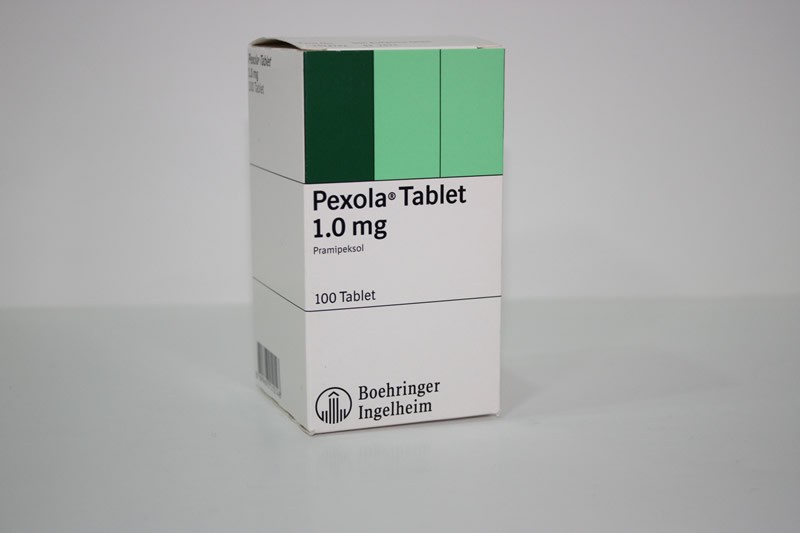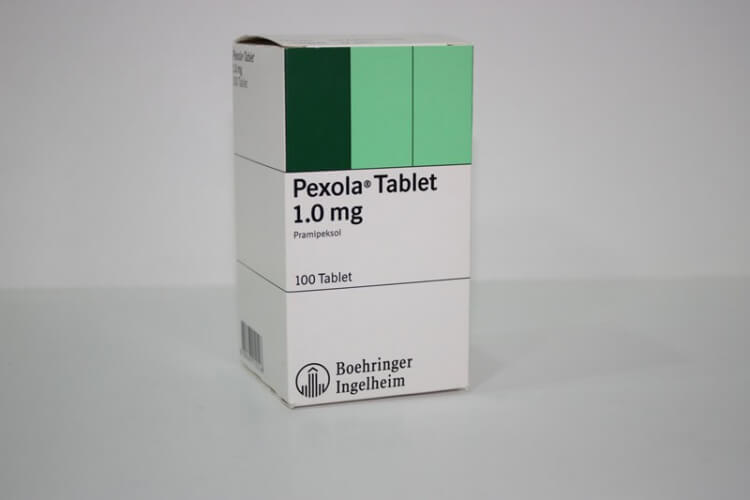
Q: “I’m concerned about prolactin-induced gynecomastia (gyno) during my steroid cycle, as I’ve read a lot on the boards about it. Do I need to have anything on hand to counter prolactin? Which anti-prolactin drug would you recommend?”
A: The first thing to understand with regard to gynecomastia is that individual susceptibility varies widely.
Most don’t have any pre-existing gyno, and have only average susceptibility or less to developing it. For them, major adverse hormonal changes will cause gyno, but for example they could take amounts such as 500 or sometimes even 750 mg/week of testosterone without an antiaromatase with no effect on gyno.
Some don’t have any gyno, but at all times are on the edge of developing it. They may acquire gyno at some point without ever using any bodybuilding drug, simply from bodyweight gain or a natural hormonal fluctuation.
Still others actually have gyno already even if they don’t know it. When it’s unknown, typically the gyno will have developed during puberty. Sometimes it will be more than ready to grow further at the slightest hormonal provocation; in others, it won’t grow except with major adverse hormonal changes.
Where you are on this spectrum is the most important factor.
Elevated prolactin during a steroid cycle can aggravate gyno in susceptible cases, particularly where estradiol is also elevated.
The most important factor causing elevated prolactin is elevated estradiol. Limiting the use of aromatizing steroids or using an anti-aromatase at proper dosage is the best solution here.
Additionally, low thyroid levels can cause high prolactin levels by increasing TRH (not TSH) secretion, which stimulates prolactin production by the pituitary. A thyroid test can determine whether low thyroid levels is an issue, or if desired, T3 can be used at 25-50 mcg divided into two doses per day.
A dopaminergic drug can reduce prolactin secretion. Selegiline (Deprenyl) is a mild, safe choice at 2.5 mg/day. I would not rely on this to have a strong anti-prolactin effect: this would be for insurance, so to speak, if you’re worried about it. Pramipexole (Mirapex) at 0.25 to 0.5 mg taken before retiring would be a more aggressive choice. I’d be reluctant to go that route unless knowing from a blood test that you have a prolactin problem. (Many assume elevated prolactin without any blood test. The assumption may well be wrong in many cases.)
If the total antiglucorticoid effect of a steroid stack is strong, this could increase prolactin somewhat by reducing the inhibitory effect of cortisol on prolactin production.
None of these effects are important where the individual is not on the edge of gyno in the first place and where estradiol is kept within the normal range.
But for those who are on the edge and need all possible help against gyno, these are ways to moderate prolactin secretion.

About the author
Bill Roberts is an internationally-recognized expert on anabolic steroids and performance-enhancing drugs (PEDs). He received a bachelor degree in Microbiology and Cell Science and completed the educational and research requirements for a PhD in Medicinal Chemistry at a major American university.
Bill entered the nutritional supplement industry prior to completing his doctoral thesis but his education was invaluable so far as being able to design/improve nutritional supplement compounds, since it was in the field of designing drug molecules and secondarily some work in transdermal delivery.
His education was not specifically "geared" toward anabolic steroids other than expertise with pharmacological principles having broad applications. This has allowed Bill to provide unique insight into the field of anabolic pharmacology with knowledge of points which he would not have known otherwise.
Leave a Reply
You must be logged in to post a comment.